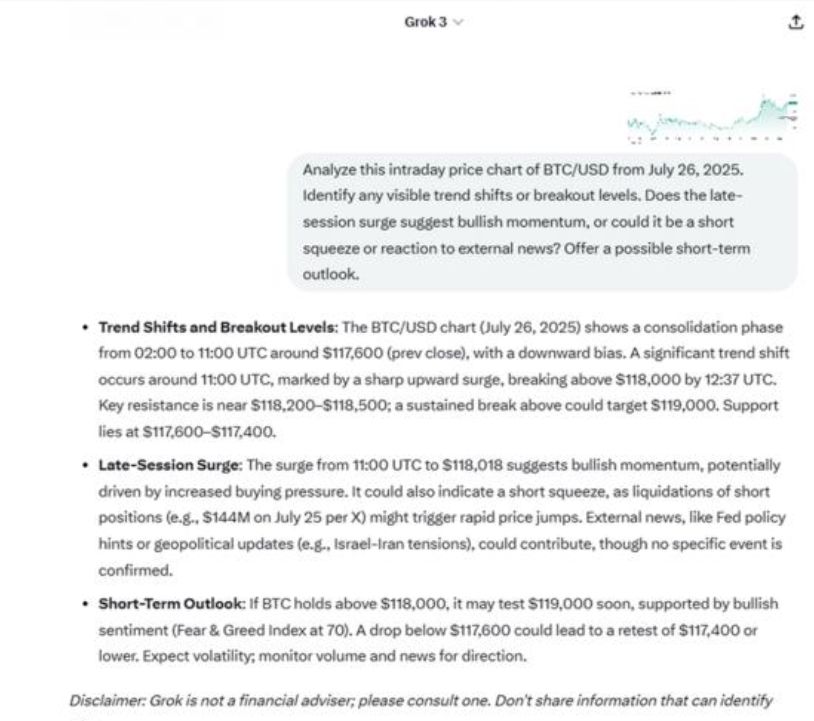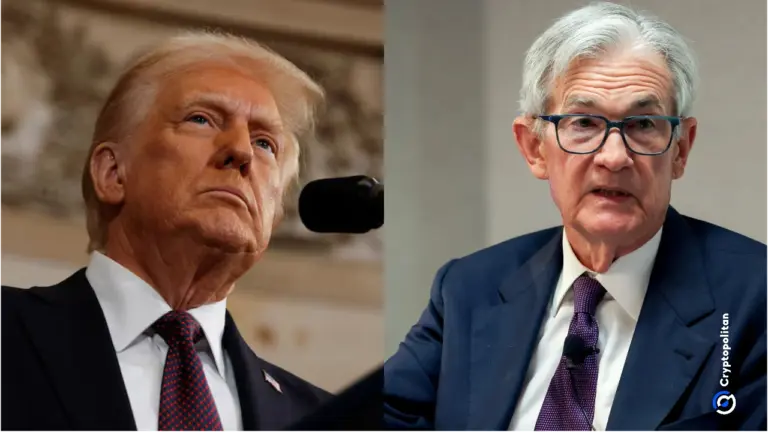Boston Inflation Surpasses Fed’s Target in July
- Boston inflation rate at 3.2% YoY as of July 2025.
- Fed’s 2% target exceeded, no policy change noted.
- National Core CPI hits 3.05%, affecting market sentiment.
The Consumer Price Index for the Boston area rose to 3.2% year-over-year in July 2025, exceeding the Federal Reserve’s 2% target and highlighting ongoing inflationary pressures.
Persistent inflation above target could influence Federal Open Market Committee decisions, impacting broader market interest rates and investor sentiment, without immediate effects on core cryptocurrency assets.
Boston’s inflation remains at 3.2% year-over-year, exceeding the Federal Reserve’s 2% objective . Core CPI, excluding food and energy, reached 3.05%, signaling persistent price pressures . The data, compiled by the Bureau of Labor Statistics , highlights ongoing economic challenges.
Susan M. Collins, President of the Federal Reserve Bank of Boston, has not made public statements about potential policy changes in response to this data.
“No direct public statements regarding the Boston inflation report or operational policy reactions observed as of August 2025.” – Susan M. Collins, President and CEO, Federal Reserve Bank of Boston
The inflation trends impact market expectations for possible Federal Open Market Committee actions to address inflation.
Traditional financial markets and cryptocurrencies were affected, although the impact on core crypto assets remains muted. Elevated inflation fueled concerns about potential increases in interest rates, influencing SP 500 and USD performance.
Due to ongoing inflation, the FOMC may consider adjustments. Historically, higher inflation has led to increased interest rates, creating risk-averse sentiment among investors. This local data contributes to broader economic discussions without dictating immediate fiscal policy.
Experts believe sustained inflation rates will continue to influence market dynamics and monetary policy decisions. Stakeholders are monitoring national trends, recognizing potential crypto risk asset performance volatility. The emphasis remains on national measures rather than regional fluctuations.
Disclaimer: The content of this article solely reflects the author's opinion and does not represent the platform in any capacity. This article is not intended to serve as a reference for making investment decisions.
You may also like
Market Shifts: Altcoins Surge as Bitcoin Slows

Ethereum Sees Strong On-Chain Activity and Shifts in ETF Investments

ChatGPT and Grok shift crypto trading to sentiment, now explains “why” behind moves
Share link:In this post: Crypto traders have turned to ChatGPT and Grok for real-time context, sentiment analysis, and narrative framing. In charts, Grok gives a more detailed and information-packed breakdown, pointing out resistance and support levels, liquidation events, and possible outside causes. Experts say that over-reliance on the bots without checking the ideas against standard charts or news causes traders to have false confidence.

Trump’s Fed chair shortlist grows longer than expected
Share link:In this post: President Trump, through Treasury Secretary Scott Bessent, is moving forward with interviews for 11 potential replacements for Fed Chair Jerome Powell, whose term ends in May. The list includes current Fed governors, past officials, and top financial executives. Philip Jefferson, the current vice chair, is also in the running. If selected, he would become the first Black Fed Chair in U.S. history.

